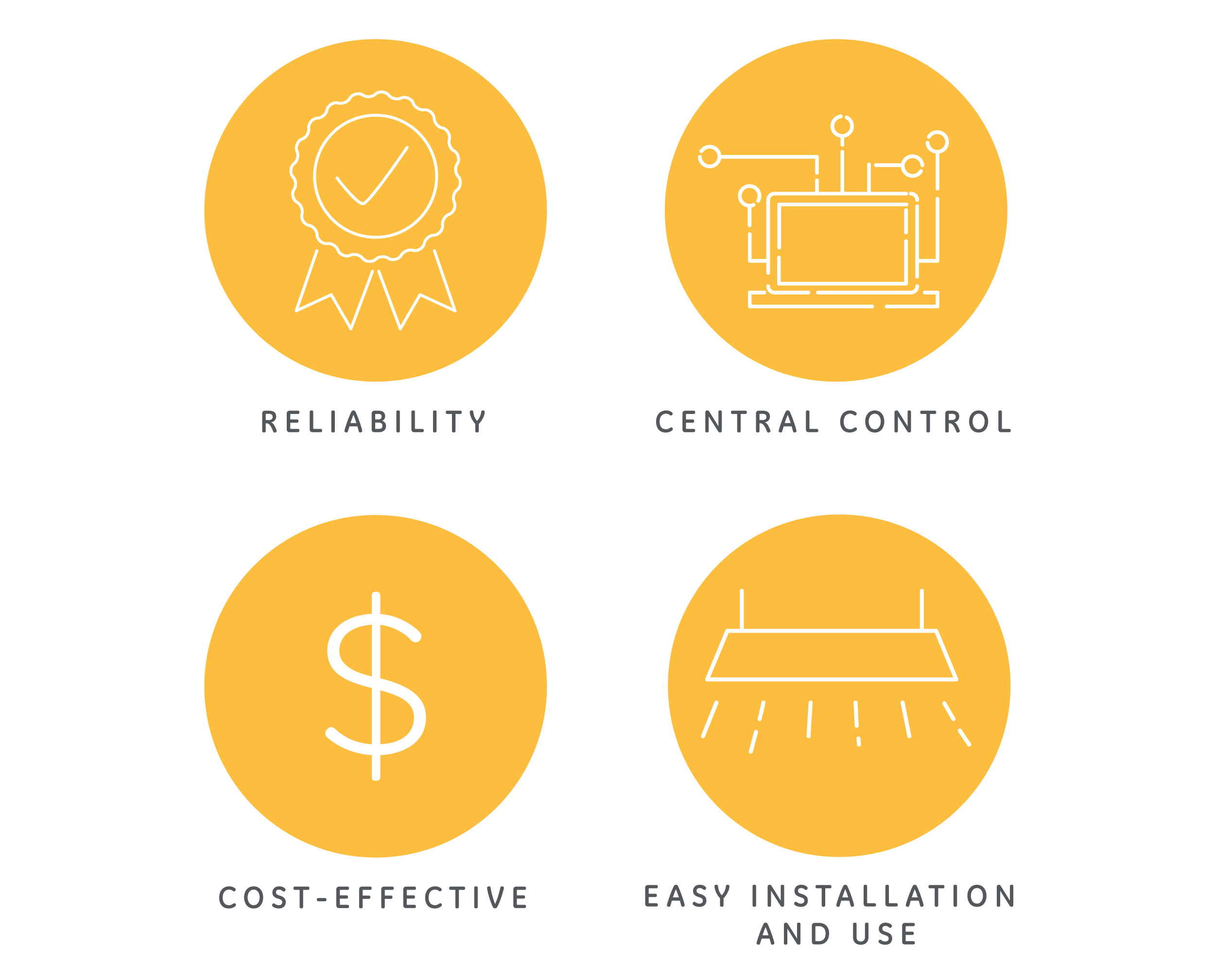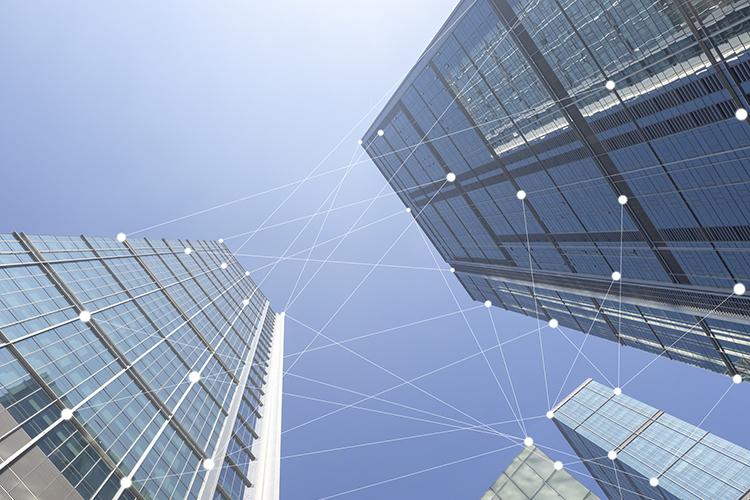Unlocking ROI: Understanding the Complete Return on Smart Building Investments
Unlocking ROI: Understanding the Complete Return on Smart Building Investments
Smart building technology that offers greater control over major electrical loads such as lighting and HVAC results in lots of obvious energy savings return on investment (ROI) for forward-looking businesses. These benefits alone are often impressive, and the energy savings payback for upgrades to these controls comes swiftly.
But companies that make their smart building investment decisions based on only kilowatt hour calculations may be missing the full picture. The economic and business impact of centralized control reaches far beyond. As organizations decide how far to go with their smart building upgrade projects, they need to become more sophisticated about their calculations to ensure they’re making the best projections. Doing so will allow them to make accurate decisions about when, why and how they modernize their buildings.
Check out the following considerations as you work through your own ROI projections. Some of them may be clearly evident and already on your list, but chances are you will find a few that your organization didn’t consider in its initial back-of-the-envelope estimates.
Obvious ROI
Dramatic savings from lighting, HVAC and plug-load control form the cornerstone of any effective ROI argument prior to a smart building investment. So, before we get to the “plus” part of ROI+, let’s take a minute to review the fundamentals of energy savings that come from enhancing centralized controls.
LIGHTING ENERGY SAVINGS
As one of the largest energy drains on any expense sheet, lighting typically makes up around 40 percent of the total energy cost in commercial settings. A good lighting management system can help reduce that expense considerably by giving you the ability to control the amount of light when you want, how you want, all from a central location.
That stands in stark contrast with the reality at most facilities today.
“Historically, the only interaction companies have had with their lighting was a wall switch and a bill. Control was a black box. What we’re hoping is that these kinds of control systems will be a game-changer for how companies think about and interact with lighting, which is a big part of how they use energy,”
-Dave Bisbee, program manager of Sacramento Municipal Utility District’s customer advanced technologies group.
Natalia Evstigneeva realized firsthand how frustrating that lack of control can be the night she drove by one of her company’s buildings and saw “it was lit up like a Christmas tree.”
Evstigneeva, senior vice president portfolio manager for Transwestern Real Estate, a real-estate investment management and advisory firm, knew there had to be a better way to provide lighting for late-night workers without illuminating the whole building. By installing lighting controls across the building, her firm could better manage zone lighting to meet tenant needs without over lighting the facility.

The advantages are even more dramatic when scaled across not just a single building, but multiple buildings or campuses, which have traditionally been managed separately. The consolidation of lighting controls provides the ability to mix and match the benefits of several adjustment techniques based on your organization’s needs and objectives. Take advantage of all of them, and you can stand to achieve a combined savings of up to 70 percent on lighting.
Combine these benefits with the additional energy savings afforded by LED lighting, and the potential savings can be 90 percent or higher. The advantage of this combination is the additional fine-tuning afforded by certain LED fixtures that can be pre-installed with wireless functionality, offering unprecedented per-fixture control versus zone control for not much more per fixture during already scheduled LED upgrades.
HVAC ENERGY SAVINGS
Lighting control is only one piece of the energy use puzzle for commercial and industrial facilities. Typically the biggest expense comes from HVAC, which accounts for 51 percent of all commercial building energy use.
Many organizations have installed programmable thermostats as a way to reduce that expense through improved control over temperature settings. Unfortunately, these same organizations are finding they’re not achieving the savings they projected from the upgrade. The culprit? Poor configuration.
Studies have shown that most programmable thermostats are left to be managed by individual building occupants, who typically do a poor job of optimizing their settings for
maximum energy savings. Without centralized control, these advanced thermostats are essentially like a dusty tool in the garage.
Wireless network control of HVAC gives facilities management greater power to knock the proverbial dust from programmable thermostat benefits by automatically managing them and ensuring the right people can oversee their use.
For maximum savings, organizations can piggyback this consolidated control right on top of the same systems used to manage automated lighting control.
PLUG LOAD ENERGY SAVINGS
Plug loads, the third-largest electric draw in commercial buildings, present a growing opportunity for building managers to achieve ROI savings. As the experts behind California’s Public Interest Energy Research program point out, the number and power of office machines and computers continue to ratchet up plug-load consumption.
Often times, the ROI math just doesn’t stack up for investments in controls for plug load alone. But when added to a networked system designed to also control lighting and HVAC, plug-load control can sweeten the ROI pot for minimal extra investment. Such a system makes it possible to control plugs through scheduling, occupancy detection or in response to peak-demand reduction incentives from utility companies.
Now that we've covered the basics of obvious energy savings, let's dig into the advantages of smart building technology that are less likely to grace your company's ROI projections.







